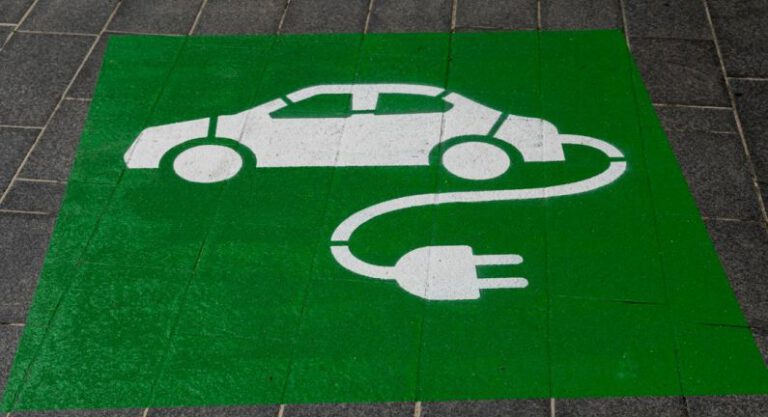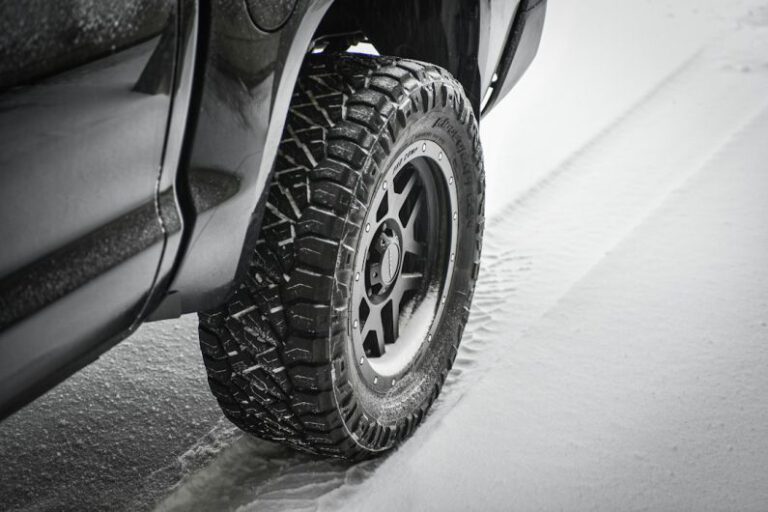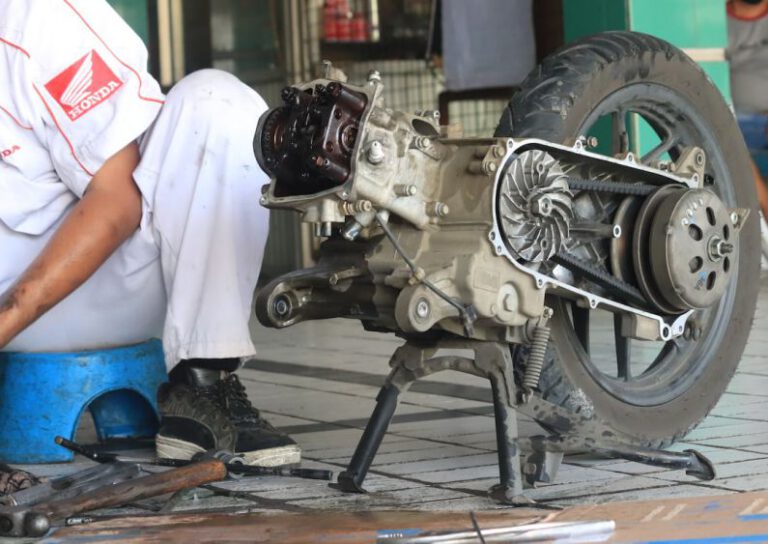How to Safely Install a Baby Car Seat?
As a parent, ensuring the safety of your child is of paramount importance. One crucial safety measure is installing a baby car seat properly. However, many parents struggle with this task, unaware of the correct techniques. In this article, we will guide you through the process of safely installing a baby car seat, ensuring your little one is secure and protected during car rides.
Choosing the Right Car Seat
Before getting into the installation process, it is essential to select the appropriate car seat for your child’s age and weight. There are three main types of car seats: rear-facing, forward-facing, and booster seats. Rear-facing seats are designed for infants and young toddlers, while forward-facing seats are suitable for older toddlers and young children. Booster seats are used for children who have outgrown forward-facing seats but are not yet ready for regular seat belts.
Read the Manual
Once you have chosen the right car seat, carefully read the manufacturer’s manual. Each car seat has specific installation instructions, which may vary slightly from model to model. Familiarize yourself with the manual and make note of any important guidelines or recommendations.
Prepare the Car
Before installing the car seat, it is crucial to prepare your vehicle. Ensure that the seat belts are functioning correctly and free from any twists or tangles. Remove any bulky items from the backseat that may interfere with the installation process. Clean the seat if necessary to provide a clean and stable surface for the car seat.
Installation Steps
1. Positioning the Seat: Place the car seat in the backseat of your vehicle. For rear-facing seats, position it in the center if possible, as this is the safest spot in the car. For forward-facing seats, position it behind the front passenger seat.
2. Angle Adjustment: Adjust the recline angle of the car seat according to the manufacturer’s instructions. Rear-facing seats should have a more reclined position to support the infant’s head and neck, while forward-facing seats should have a more upright position.
3. Securing the Seat Belts: Thread the seat belt through the designated path on the car seat. Ensure that the belt is not twisted and is securely fastened. For forward-facing seats, use the built-in locking mechanism or a locking clip to prevent the seat belt from loosening during travel.
4. Tightening the Seat Belt: Pull the seat belt tight to remove any slack. Press down firmly on the car seat with your non-dominant hand while using your dominant hand to tighten the seat belt. The car seat should be securely anchored with no more than an inch of movement in any direction.
5. Harness Adjustment: Adjust the harness straps to fit your child snugly. The straps should be at or below the child’s shoulders for rear-facing seats and at or above the shoulders for forward-facing seats. Ensure that the harness is tight enough so that you can only fit one finger between the straps and your child’s chest.
Regular Inspections
After installing the car seat, it is essential to perform regular inspections to ensure its continued safety. Check for any signs of wear or damage, such as frayed straps or loose parts. Ensure that the seat is still securely anchored and that the harness is properly adjusted each time you buckle your child in.
Conclusion: Keeping Your Child Safe on the Road
Installing a baby car seat may seem like a daunting task, but by following the manufacturer’s instructions and taking the time to ensure a secure fit, you can provide your child with the utmost safety during car rides. Remember to choose the appropriate car seat for your child’s age and weight, read the manual thoroughly, and perform regular inspections. By taking these steps, you can have peace of mind knowing that your little one is protected while traveling on the road.






